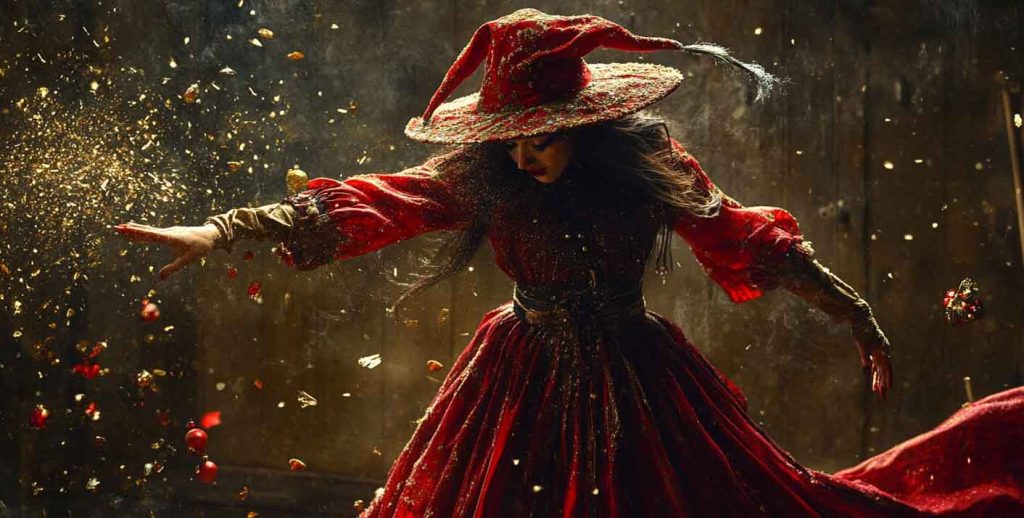
Viva la Befana! La magia della strega volante
The Magic of the Flying Witch
La Befana vien di notte,
con le scarpe tutte rotte,
con le toppe alla sottana:
Viva, viva la Befana!
La Befana comes at night,
with her shoes all tattered,
with patches on her skirt:
Hooray, hooray for La Befana!
La Befana è un’anziana donna che, nella notte del 5 gennaio, porta doni ai bambini di tutta Italia. Riempie le calze di dolci per i bambini buoni e di carbone dolce per i birichini. Viene rappresentata come una vecchietta con un fazzoletto in testa, una scopa in mano, e il viso sporco di fuliggine..
La Befana is an old woman who, on the night of January 5th, delivers gifts to children across Italy. She fills stockings with candy for the good and coal-like sweets for the naughty. She is depicted as a little old lady with a shawl, a broom, and a soot-covered face.
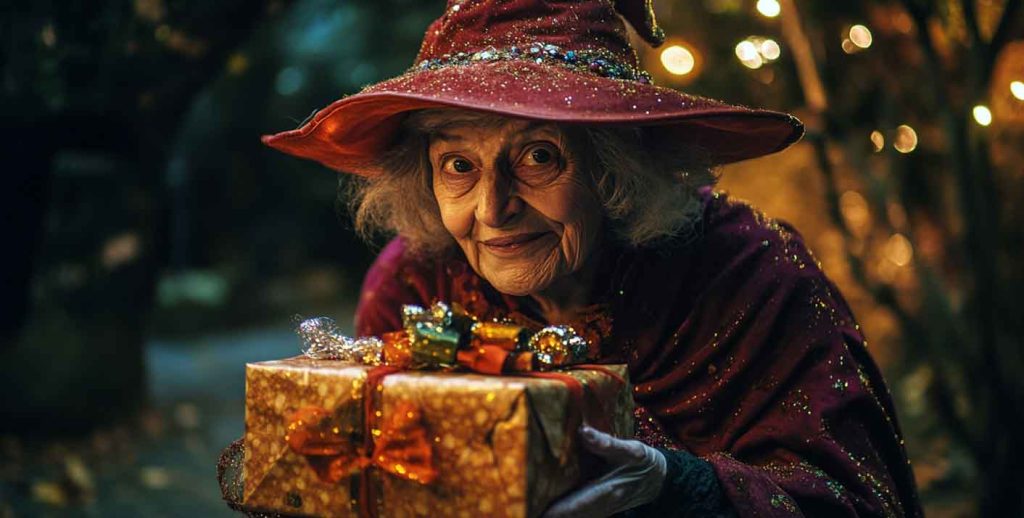
La leggenda della Befana
The Legend of La Befana
Si narra che una fredda sera d’inverno, tre Re Magi bussarono alla porta della casa della Befana. Chiedevano indicazioni per la strada verso Betlemme, dove cercavano il bambino Gesù. Sebbene insistessero per averla come compagna di viaggio, lei rifiutò, dicendo di avere troppe faccende domestiche.
It is said that on a cold winter evening, three Wise Men knocked on the door of La Befana’s house. They were seeking directions to Bethlehem to find the baby Jesus. Although they invited her to join them, she declined, saying she had too many chores to do.
Poco dopo, la Befana si pentì della sua decisione e uscì per cercarli, ma non riuscì a trovarli. Da allora, ogni anno nella notte tra il 5 e il 6 gennaio, vola su una scopa, lasciando regali a ogni bambino, sperando che uno di loro sia Gesù.
Soon after, she regretted her decision and set out to find them, but she couldn’t. Since then, every year on the night between January 5th and 6th, she flies on her broom, leaving gifts for each child in the hope that one of them is Jesus.

Tradizioni e dolci della Befana
Traditions and Treats of La Befana
In attesa della visita della Befana, i bambini lasciano un bicchiere di vino e un piatto di biscotti per lei. La mattina del 6 gennaio, scoprono le calze riempite di dolci o di carbone dolce.
In anticipation of La Befana’s visit, children leave out a glass of wine and a plate of cookies for her. On the morning of January 6th, they discover their stockings filled with candy or sweet coal.
Dolci cose da dire sulla Befana
Sweet things to say about la Befana
Aspettiamo con ansia l’arrivo della Befana!
We eagerly await the arrival of La Befana!
La Befana ha portato dolci e un po’ di carbone per mio fratello!
La Befana brought candy and some coal for my brother!
Conosci la leggenda della Befana?
Do you know the legend of La Befana?
Raccontiamo sempre la storia della Befana ai bambini la sera del 5 gennaio.
We always tell the story of La Befana to the children on the evening of January 5th.
Hai preparato la calza per la Befana?
Did you prepare your stocking for La Befana?
Le calze erano piene di caramelle e cioccolatini!
The stockings were full of candies and chocolates!
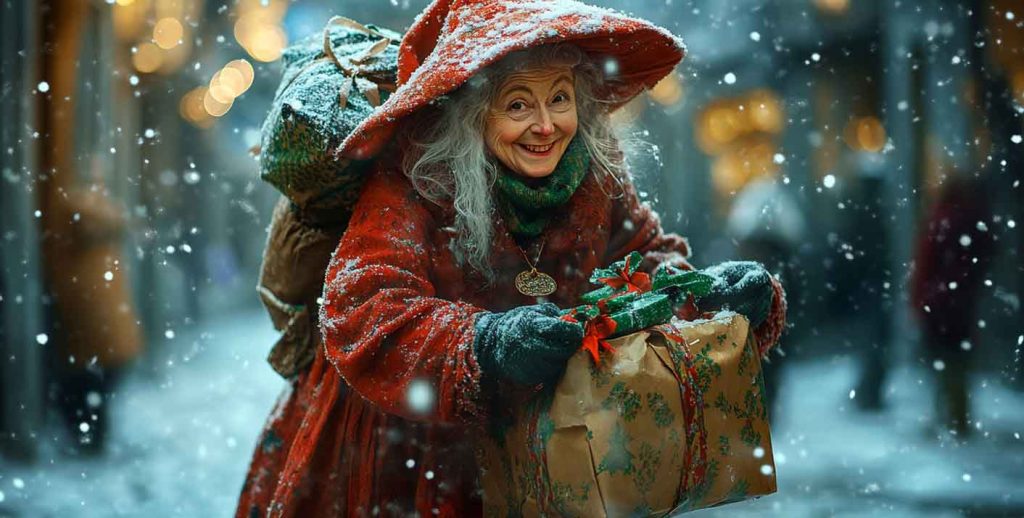
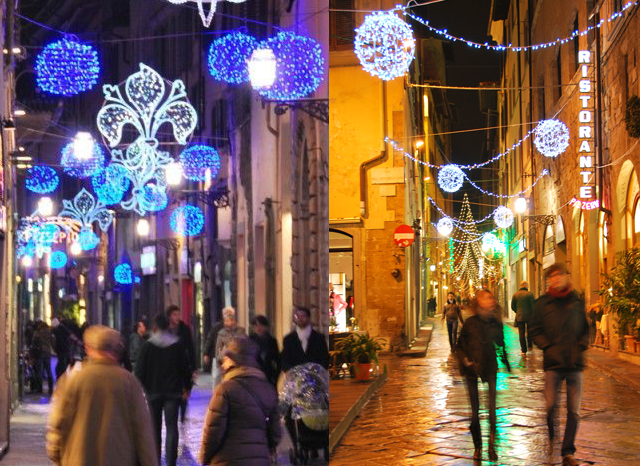
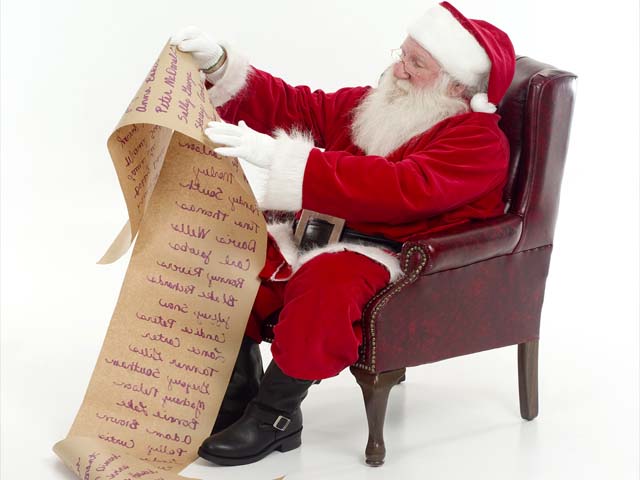
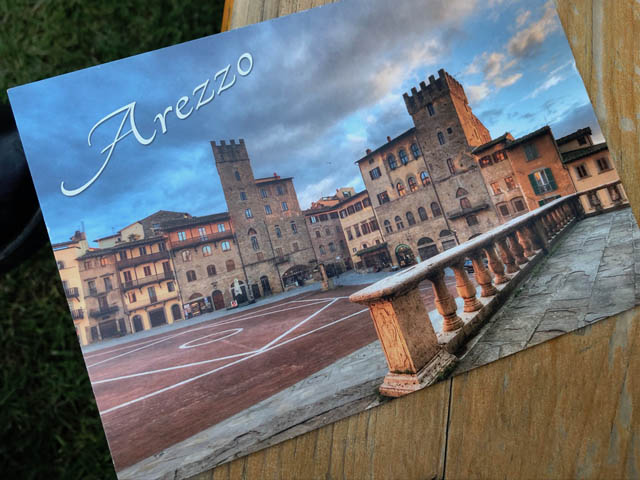
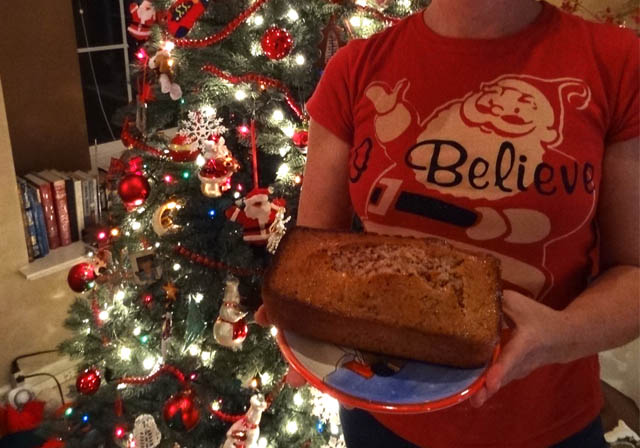
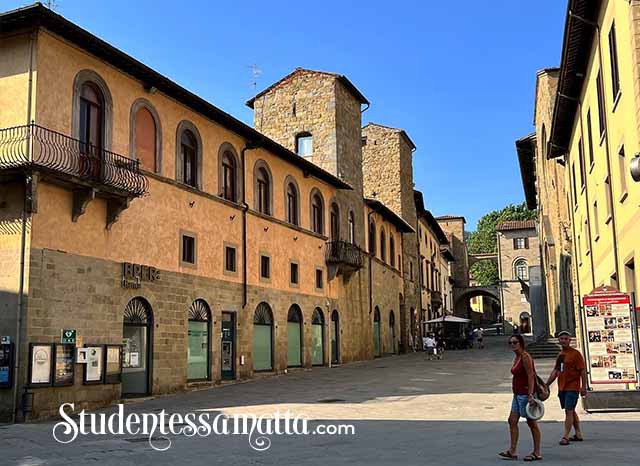
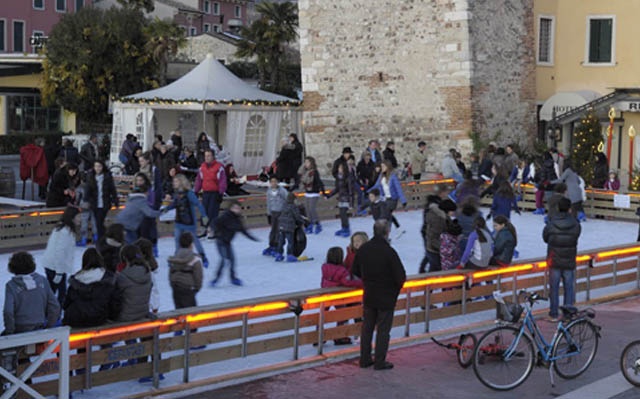





Thanks for your article!
La Befana is indeed very important for Italians in Italy and migrants throughout the planet.
To celebrate her, Italians created several recipes like : la foccacia de la Befana, la fugassa d’la Befana, i befanini toscani or la pinza de la Befana.
It’s also part of the Italian tradition for young Italians to leave a glass of wine and some cake to thank la befana for coming over and greet them “hopefully with gifts and sweets”.
A presto